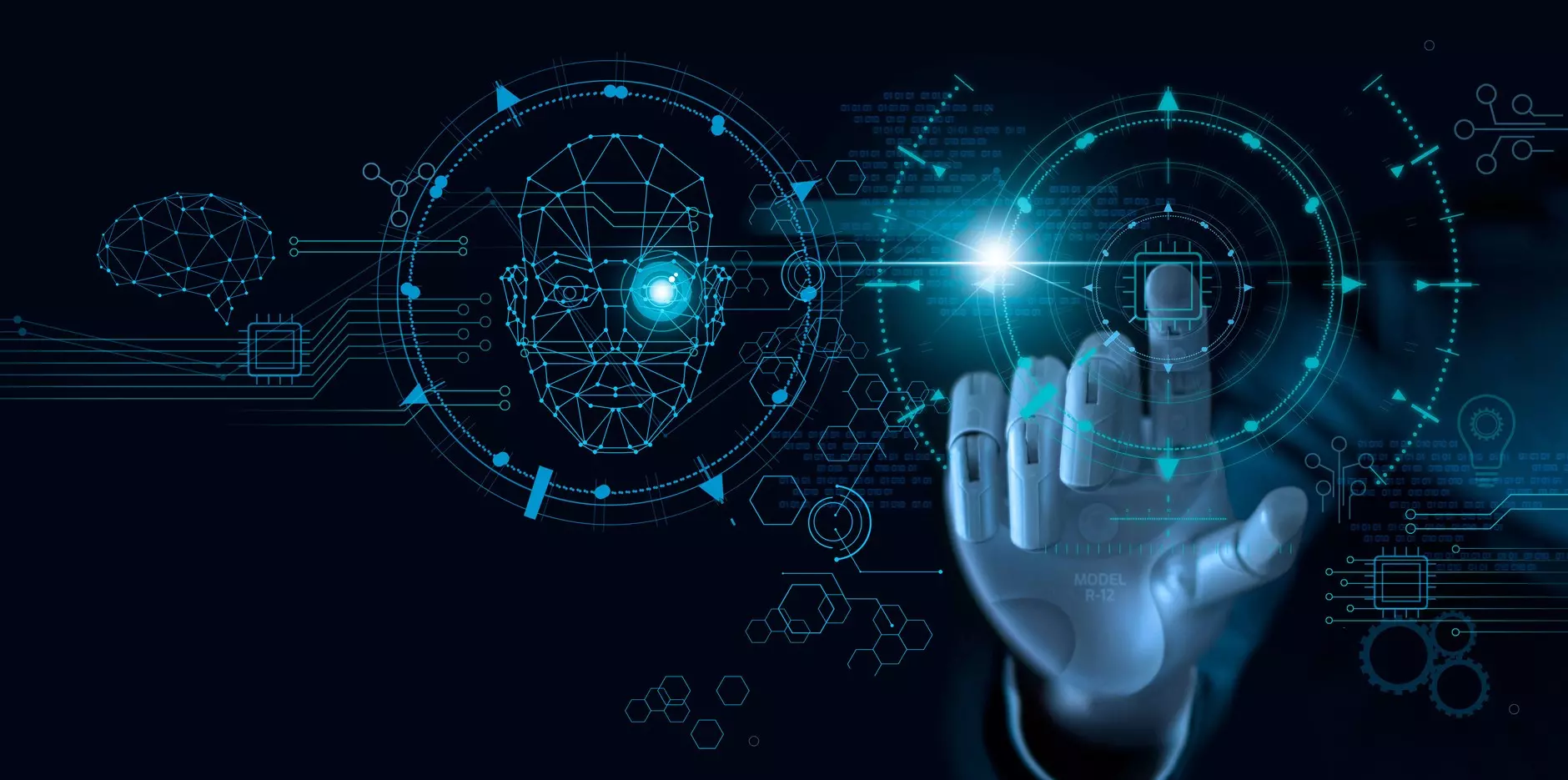Research Group for Neuromorphic Computing

Introduction
The Research Group for Neuromorphic Computing develops advanced neural-network based algorithms, software libraries, and systems with the new generation of computing chips – brain-inspired neuromorphic sensing and computing hardware. We focus on perception, motion planning, and control for robotic actuators with applications in life sciences: healthcare, agriculture, food processing, and smart environments. We follow a human-centered design approach to develop new generation of physical AI systems that are power-efficient, adaptive, and safe.
Expertise
- Neuromorphic computing hardware and algorithms
- Event-based vision
- Robotics: Motion planning, control, SLAM
- Efficient machine learning and AI
- Dynamical systems, cognitive architectures
Areas of application
- Assistive robotics in healthcare, agriculture, food processing, smart environments
- Machine vision in healthcare, agriculture, food processing, smart environments
- Continual learning and adaptive systems
- Robot safety, human-robot interaction
Collaborations and partners
Engagement in teaching
Our research group includes teaching engagements at BSc and MSc level as well as in continuing education.
Our Team
-

ZHAW Life Sciences und Facility Management
FS Cognitive Computing in Life Sciences
Schloss
8820 Wädenswil -

ZHAW Life Sciences und Facility Management
FG Neuromorphic Computing Group
Schloss 1
8820 Wädenswil -

ZHAW Life Sciences und Facility Management
FG Neuromorphic Computing Group
-

ZHAW Life Sciences und Facility Management
FS Cognitive Computing in Life Sciences
-

ZHAW Life Sciences und Facility Management
FG Neuromorphic Computing Group
Current projects
- Vorherige Seite
- Seite 01
- Seite 02
- Seite 03
- Seite 04
- Seite 05
- …
- Seite 25
- Nächste Seite
-
An experimental framework to allow evidence-based sustainability policymaking
Dieses Forschungsprojekt evaluiert die Machbarkeit der Verwendung eines mathematischen Ansatzes in der Nachhaltigkeitspolitik, basierend auf den Arbeiten der Wirtschaftsnobelpreisträger:in von 2019, die einen experimentellen Ansatz zur Verbesserung der Politik im Bereich der Armut durch Feldexperimente entwickelt ...
-
Drohnenalarm
Mikrodrohnen haben längst ihren Einzug in die Consumerwelt gefunden und werden immer erschwinglicher und einfacher in der Bedienung. Eine für Consumerdrohnen sehr vielversprechender Technik zur Erfassung ist die Detektion der ausgesendeten Funksignale. In diesem Projekt wird ein Laptop als Prototyp zur ...